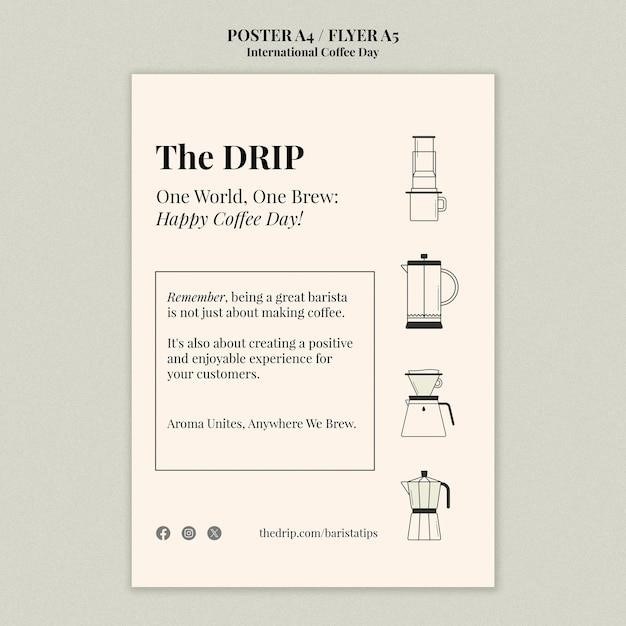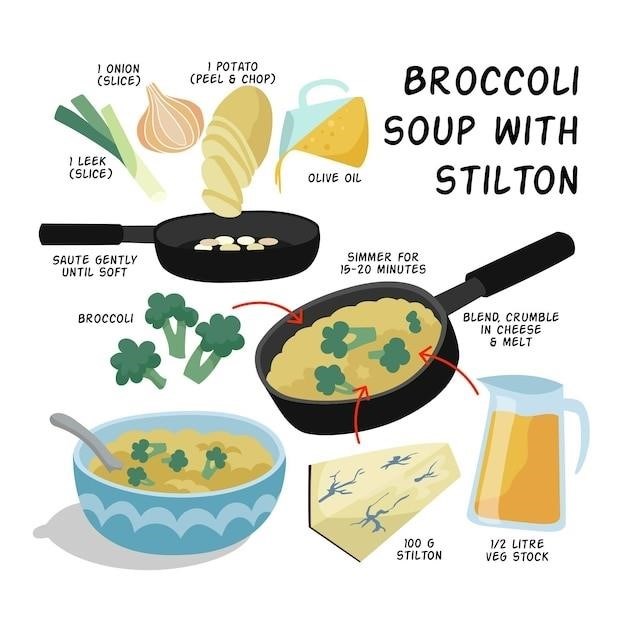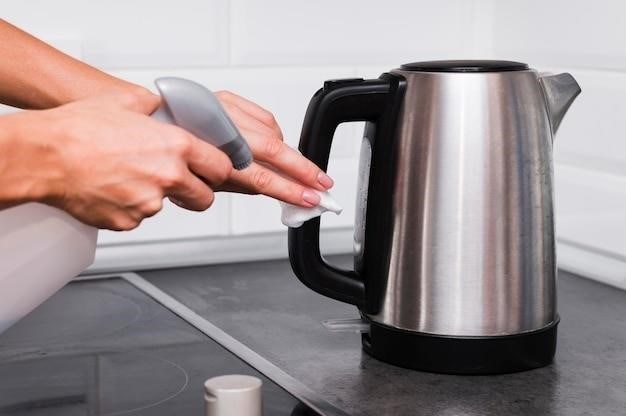Babysitter Instructions Template⁚ A Comprehensive Guide
A Babysitting Instructions document allows you to list all the important and relevant things concerning the specific needs of your child. From contact info to allergies to bedtime routines, a good babysitters guide will provide your sitter with important details …
Introduction
Leaving your precious little ones in the care of a babysitter can be a nerve-wracking experience for any parent. You want to ensure that your children are safe, happy, and well-looked after while you’re away. A well-structured babysitter instructions template can be your lifesaver, providing a clear and comprehensive guide for your sitter, easing your mind and ensuring a smooth and enjoyable experience for everyone.
This template serves as a blueprint for outlining all the essential information your babysitter needs to know, from your child’s daily routine and special needs to house rules and emergency contact details. It’s a valuable tool for establishing clear communication, minimizing confusion, and creating a sense of confidence and preparedness for both you and your babysitter.
By taking the time to create a detailed and organized instructions template, you’re not only making your babysitter’s job easier, but you’re also setting the stage for a positive and successful babysitting experience. This template will help you provide your sitter with all the information they need to care for your children with confidence and competence, allowing you to enjoy your time away with peace of mind.
Essential Information
This section serves as a central hub for all the fundamental details your babysitter needs to know about your family and home. It’s the foundation for a successful babysitting experience, ensuring that your sitter has all the necessary information at their fingertips.
Begin by clearly stating the number of children the babysitter will be caring for and their ages. This is crucial for tailoring the instructions to the specific needs of each child. Next, provide your complete contact information, including your phone number, email address, and any other preferred methods of communication. Make sure to specify your location, whether you’ll be reachable throughout the babysitting period, and under what circumstances your babysitter should contact you;
Also, include any important details about your family, such as any allergies, dietary restrictions, or medical conditions your children may have. This information is vital for ensuring your children’s safety and well-being. Finally, provide a brief overview of your house rules, including any restrictions on screen time, outdoor play, or access to certain areas of the house. This helps set clear boundaries and expectations for your babysitter.
Child’s Routine and Needs
This section is where you provide a detailed picture of your child’s daily life, ensuring the babysitter can seamlessly integrate into their routine and provide consistent care. Start by outlining your child’s typical daily schedule, including wake-up time, mealtimes, nap times, and bedtime. Be specific about any regular activities like homework, playtime, or extracurricular activities, and provide any relevant information regarding their preferences or dislikes.
Next, delve into their individual needs and preferences. Do they have any special dietary requirements or allergies? Are there specific toys or games they enjoy? Are there any particular activities they excel at or struggle with? This information will help your babysitter understand your child’s personality and tailor their care accordingly. Additionally, it’s crucial to mention any special needs or health concerns your child may have, including medication schedules, allergies, or behavioral challenges. This ensures the babysitter is equipped to handle any potential situations and provide appropriate care.
Finally, outline their bedtime routine, including bath time, story time, and any other rituals they follow. This helps your babysitter create a calming and familiar environment for your child, facilitating a smooth transition into sleep. Providing detailed instructions about your child’s routine helps ensure they feel comfortable and secure in your absence.
House Rules and Safety
This section outlines the ground rules for your home, ensuring your babysitter understands the boundaries and expectations for their time with your child. Start by outlining your general house rules, including any limits on screen time, video game usage, or internet access. Be clear about any specific restrictions on playing outside, particularly if there are any safety concerns or designated areas for play. This ensures the babysitter is aware of your expectations and can guide your child accordingly.
Next, address safety protocols within your home. Point out any potential hazards, such as stairs, sharp objects, or electrical outlets, and explain any safety precautions you expect your babysitter to take. For instance, you might specify that certain rooms are off-limits, or that certain appliances should not be used without adult supervision. This ensures the babysitter is aware of potential risks and can prioritize the safety of your child.
Furthermore, detail any specific safety instructions you have for your child, such as rules about crossing the street, interacting with strangers, or using the phone. This ensures the babysitter is informed about your child’s specific safety needs and can guide them accordingly. Remember, clearly communicating your house rules and safety protocols helps create a secure and enjoyable environment for your child and your babysitter.
Emergency Contact Information
This section focuses on providing your babysitter with the necessary information to handle any unforeseen situations. Start by listing your phone numbers, including your primary number and any secondary numbers you might use, such as a work phone or a mobile phone. Ensure you’re easily reachable, as the babysitter needs to be able to contact you quickly in case of emergencies.
Next, provide the contact information for any other individuals who can assist in an emergency. This might include a neighbor, a family friend, or a trusted relative. It’s essential to have a backup plan in case you’re unavailable or unable to respond immediately. This ensures your child’s well-being is prioritized even if you’re unreachable.
Finally, outline specific instructions for contacting emergency services. Clearly state when the babysitter should call 911, whether it’s for serious injuries, severe illness, or a dangerous situation. This ensures your babysitter understands the seriousness of certain events and can act swiftly and responsibly to protect your child’s safety.
Important Details
This section is where you provide the babysitter with vital information that may not fit into the other categories but is still crucial for a successful babysitting experience. Start by outlining any specific dietary restrictions or allergies your child may have. This includes food allergies, sensitivities, and any special dietary needs, like vegetarianism or veganism. Ensure the babysitter understands what foods to avoid and how to handle any potential allergic reactions.
Next, mention any medications your child takes regularly. List the name of each medication, the dosage, and the frequency of administration. If your child has a medical condition, provide the babysitter with the relevant details about their health and any necessary instructions, such as how to use an inhaler or administer insulin. It’s helpful to include a copy of your child’s medical information card for quick reference.
Finally, include any other pertinent details that might be helpful for the babysitter; This could include information about your child’s favorite activities, their favorite toys, or any special instructions for handling their belongings. Ensure the babysitter has a clear understanding of your child’s personality, temperament, and any specific needs or preferences. This will help them connect with your child and provide a positive and comfortable babysitting experience;
Printable Templates

To ensure a smooth and organized babysitting experience, it’s beneficial to provide your babysitter with a printable template that outlines all the necessary information. These templates serve as a handy reference guide for the babysitter throughout their time with your child. Many readily available templates online can be customized to fit your specific needs. These templates often include sections for contact information, emergency contacts, child’s routine and needs, house rules, and important details like allergies and medications.
Using a printable template offers several advantages. It provides a structured format for presenting all the essential information in a clear and concise manner. This helps the babysitter quickly grasp the key details and avoid any confusion or uncertainty. Furthermore, the template serves as a practical tool for the babysitter, allowing them to easily refer back to the information whenever needed. Whether it’s checking the bedtime routine, confirming an emergency contact number, or recalling a specific allergy, the template ensures that all crucial information is readily accessible.
The use of printable templates streamlines the babysitting process, making it easier for both parents and babysitters. By providing a comprehensive and organized guide, the templates contribute to a safe and positive experience for both the child and the babysitter. This ensures that all necessary information is readily available, minimizing any potential issues or misunderstandings.
Creating a detailed and comprehensive babysitter instructions template is essential for ensuring a smooth and successful babysitting experience. It empowers your babysitter with the necessary information to provide safe, attentive, and enjoyable care for your child. By outlining your child’s routine, needs, house rules, and emergency contacts, you create a clear and organized guide that promotes a sense of confidence and preparedness in the babysitter.
The template serves as a valuable tool for both parents and babysitters. It streamlines communication, minimizes misunderstandings, and provides a readily accessible reference point for essential information. By investing time in creating a well-structured and informative template, you can rest assured that your child is in good hands and that the babysitting experience will be positive and enjoyable for all involved.
Remember, a well-prepared babysitter is a confident babysitter, and a confident babysitter fosters a safe and nurturing environment for your child. By using a comprehensive instructions template, you can create a framework for a successful and worry-free babysitting experience, allowing you to relax and enjoy your time away from home with peace of mind.














